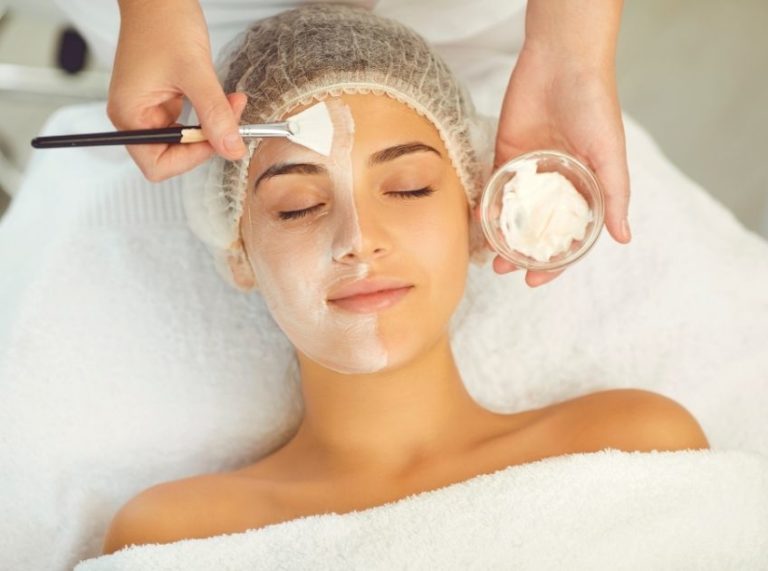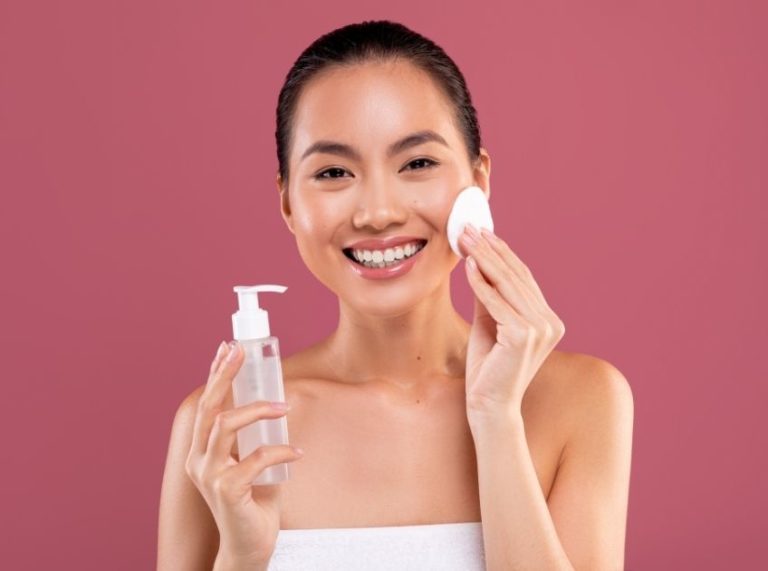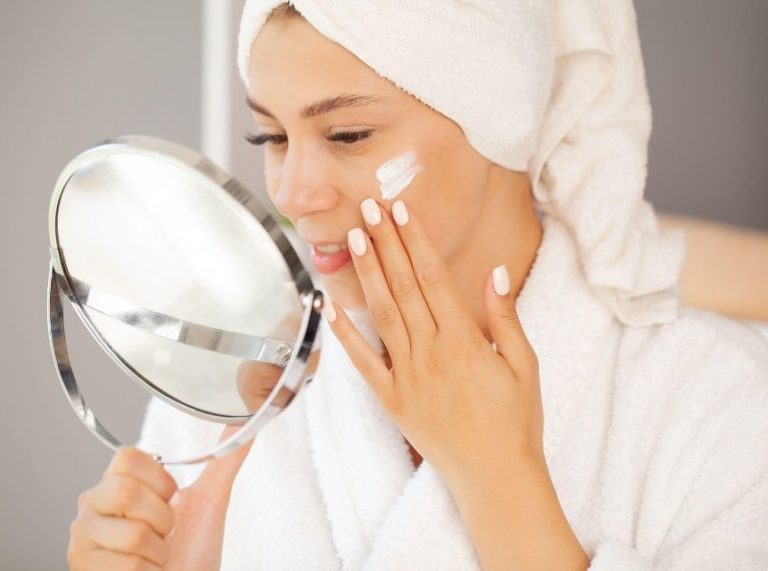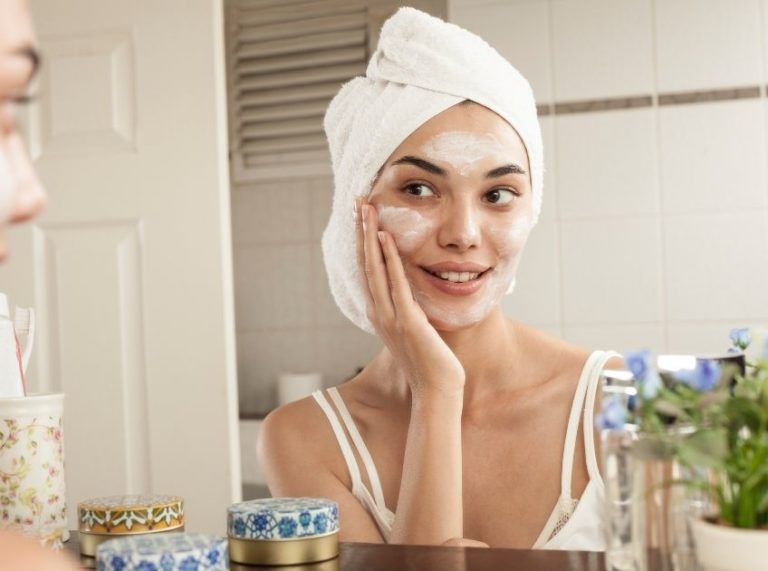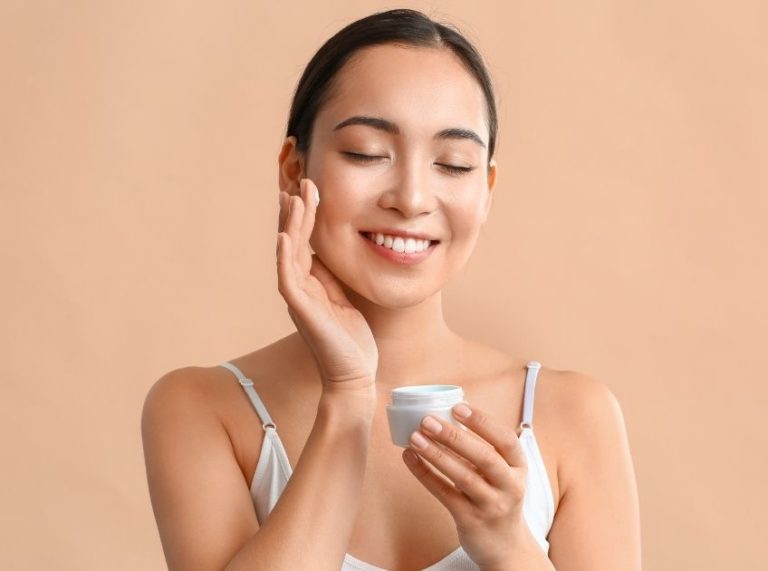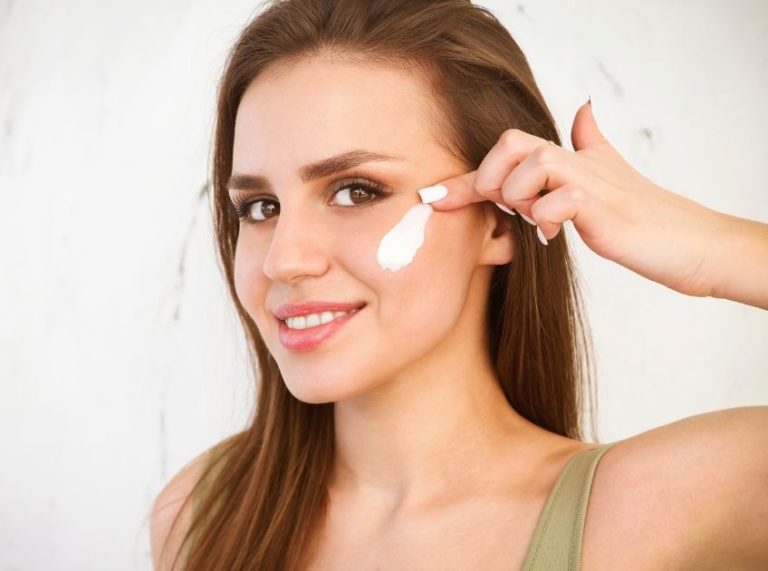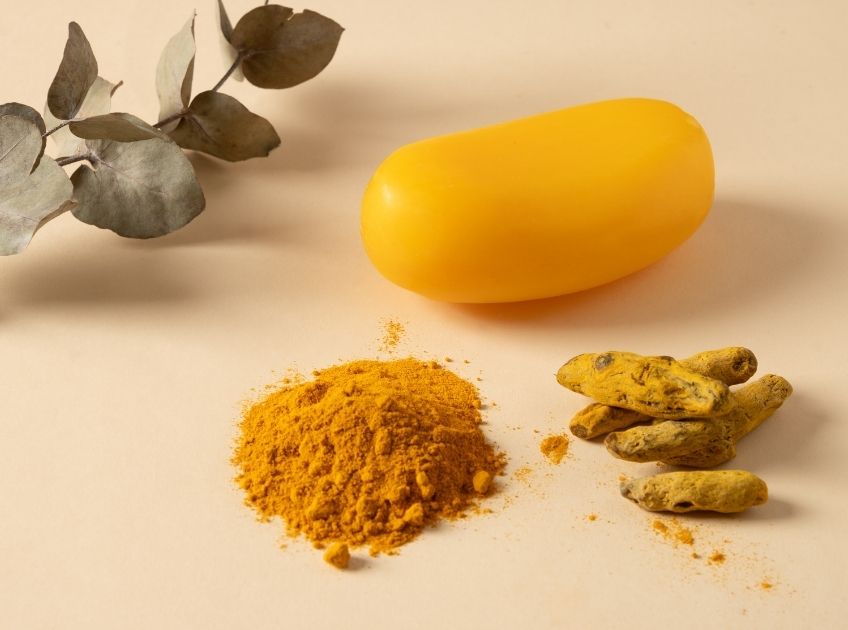
Important: This article is for informational purposes only. Please read our full disclaimer for more details.
Sun exposure can leave your skin looking dull, dark, and uneven due to tanning and UV damage. While many commercial “de-tan” products promise instant results, they often contain harsh bleaching agents, added fragrances, sulphates, or chemicals that can irritate the skin.
This is why homemade tan-removal soaps have become a popular natural skincare trend. They’re gentle, customisable, chemical-free, and enriched with skin-loving ingredients that help fade tan, nourish the skin, and restore its natural radiance. If you’re looking for a safe, affordable, and effective way to get your glow back, making your own de-tan soap at home could be just what your skincare routine needs.
Article Contains
- De-Tan Soaps 101: What Makes Them Different from Regular Cleansers?
- Glow-Boosting Perks: Why Choose Homemade Tan-Removal Soap
- Benefits of Homemade Tan-Removal Soap
- Star Ingredients You Need for an Effective DIY De-Tan Soap
- Top 3 DIY De-Tan Soap Recipes for Brighter, Even-Toned Skin
- How to Use Your De-Tan Soap for Best Results (Step-by-Step Guide)
- The Science Behind De-Tan Ingredients: Do They Really Work?
De-Tan Soaps 101: What Makes Them Different from Regular Cleansers?
Regular soap is primarily formulated to cleanse the skin by removing dirt, sweat, oil, and impurities. It focuses more on cleansing agents rather than skin-brightening or nourishing ingredients.
A tan-removal soap, on the other hand, is designed to:
- Lighten sun-tan and hyperpigmentation
- Gently exfoliate to remove tanned or dead skin cells
- Brighten dull skin
- Improve skin tone and texture
- Provide antioxidants to repair sun damage
Unlike ordinary soaps, de-tan soaps contain natural brightening ingredients such as turmeric, lemon, papaya, kojic acid, aloe vera, liquorice, or milk extracts. They combine cleansing with skin treatment, making them ideal for those who spend time outdoors or want an even-toned complexion.
Glow-Boosting Perks: Why Choose Homemade Tan-Removal Soap
Creating your own de-tan soap gives you complete control over the ingredients. You avoid harsh chemicals and tailor your soap according to your skin type.
Benefits of Homemade Tan-Removal Soap
- Safe & Chemical-Free: No sulphates, parabens, synthetic colours, or artificial fragrances
- Customisable: Works for oily, dry, sensitive, or combination skin
- Packed with Natural Skin Brighteners: Helps fade tan gradually and gently
- Affordable & Sustainable: Cost-effective with reusable ingredients
- Nourishes Instead of Drying Out Skin: Homemade formulas retain moisturising oils
With consistent use, most people notice visible improvement in 2–3 weeks, depending on the level of tanning and skincare routine.
Star Ingredients You Need for an Effective DIY De-Tan Soap
To make your homemade tan-removal soap potent and skin-friendly, here are some key natural ingredients to include:
| Ingredient | Why It Helps with De-Tanning |
| Turmeric | Reduces pigmentation, inflammation, and brightens skin |
| Lemon Peel or Lemon Oil | Natural vitamin C source to fade tan and dark spots |
| Aloe Vera Gel | Soothes sunburn, repairs skin, reduces tanning and redness |
| Papaya Extract or Pulp | Papain enzyme exfoliates dead skin and promotes even tone |
| Raw Milk or Milk Powder | Contains lactic acid for gentle exfoliation and skin brightening |
| Liquorice Extract (Mulethi) | Lightens pigmentation and prevents sun-induced darkening |
| Activated Charcoal | Deep cleans and removes tan-causing impurities |
| Oatmeal | Gentle exfoliant for sensitive skin |
| Essential Oils (tea tree, lavender, orange) | Add fragrance and therapeutic benefits |
These natural ingredients work in harmony to exfoliate, nourish, and brighten the skin without irritation.
Top 3 DIY De-Tan Soap Recipes for Brighter, Even-Toned Skin
Below are three easy, effective recipes suitable for different skin types and tanning levels. All recipes use a melt-and-pour soap base (goat milk, glycerin, or shea butter).
1. Turmeric & Milk Glow Soap – For Daily Mild De-Tanning
Best for: All skin types, especially sensitive skin.
Ingredients:
- 250g goat milk or glycerin soap base
- 1 tsp organic turmeric powder
- 2 tbsp raw milk or 1 tbsp milk powder
- 1 tsp honey
- 6–8 drops of lemon essential oil
Method:
- Melt the soap base using a double boiler.
- Add turmeric, milk, and honey; mix well to avoid lumps.
- Add lemon essential oil and stir.
- Pour into soap moulds and set for 6–8 hours.
Why it works: Turmeric brightens complexion, while lactic acid in milk gently removes tanned cells. Honey hydrates and adds a natural glow.
2. Papaya & Aloe Vera Tan-Removal Soap – For Deep Tan & Pigmentation
Best for: Tanned, uneven, or dull skin.
Ingredients:
- 250g shea butter or glycerin soap base
- 2 tbsp fresh papaya pulp or papaya extract
- 1 tbsp aloe vera gel
- 1 tsp vitamin E oil
- 6 drops of orange essential oil
Method:
- Melt the soap base and remove from the heat.
- Add papaya pulp, aloe vera, and vitamin E; mix well.
- Add orange essential oil before pouring into moulds.
- Refrigerate for 4–5 hours.
Why it works: Papain enzyme exfoliates and brightens, while aloe vera soothes sun-damaged skin and reduces inflammation.
3. Charcoal & Lemon De-Tan Detox Soap – For Oily & Acne-Prone Skin
Best for: Oily or combination skin, clogged pores, sun tan.
Ingredients:
- 250g charcoal or glycerin soap base
- 1 tsp activated charcoal
- 1 tbsp lemon juice or lemon peel powder
- ½ tsp tea tree essential oil
Method:
- Melt the soap base; add charcoal and lemon.
- Add tea tree oil, mix well, and pour into moulds.
- Let it sit for 6 hours.
Why it works: Charcoal deep-cleans and removes tan-causing impurities; lemon brightens skin; tea tree prevents acne and bacterial buildup.
How to Use Your De-Tan Soap for Best Results (Step-by-Step Guide)
- Wet your skin with lukewarm water.
- Rub the soap between your hands, or apply it directly to your skin.
- Massage gently for 1–2 minutes to allow ingredients to work.
- Rinse thoroughly and pat dry—avoid rubbing the towel on skin.
- Follow up with aloe vera gel or a light moisturiser.
- Use twice daily for best results.
The Science Behind De-Tan Ingredients: Do They Really Work?
Natural ingredients used in de-tan soaps have scientific backing:
- Turmeric: Contains curcumin, studied for its anti-inflammatory and skin-brightening effects (1).
- Papaya: The enzyme papain breaks down dead cells and promotes exfoliation (2).
- Milk: Lactic acid is a known AHA (alpha hydroxy acid) used in dermatology for skin peeling and brightening (3).
- Aloe Vera: Research shows it speeds up wound healing, reduces inflammation, and supports skin regeneration (4).
- Lemon: Rich in vitamin C, a clinically recognised antioxidant for pigmentation control (5).
While natural remedies work gradually, they are gentler and safer for long-term use.
Frequently Asked Questions (FAQ’S)
1. How long does it take for homemade de-tan soaps to show results?
A. With consistent use, you may notice improvement in 10–21 days, depending on the tanning level and skin type.
2. Can I use de-tan soap on my face?
A. Yes, if the ingredients suit your skin. For sensitive or dry skin, choose gentle versions with aloe vera, milk, and honey.
3. How long does homemade soap last?
A. Homemade soaps last 4–8 weeks if stored in a dry, cool place. Avoid leaving them in water to prevent melting.
Homemade de-tan soaps offer a safe and effective alternative to chemical-loaded commercial products. By using nature-powered ingredients, you can fade tan, brighten skin, and restore your natural glow—without irritation or harsh side effects.
Whether you choose a turmeric-milk, papaya-aloe, or charcoal-lemon blend, the key is consistency and choosing ingredients that suit your skin. Pair your soap with sunscreen and a simple skincare routine for faster, long-lasting results.

